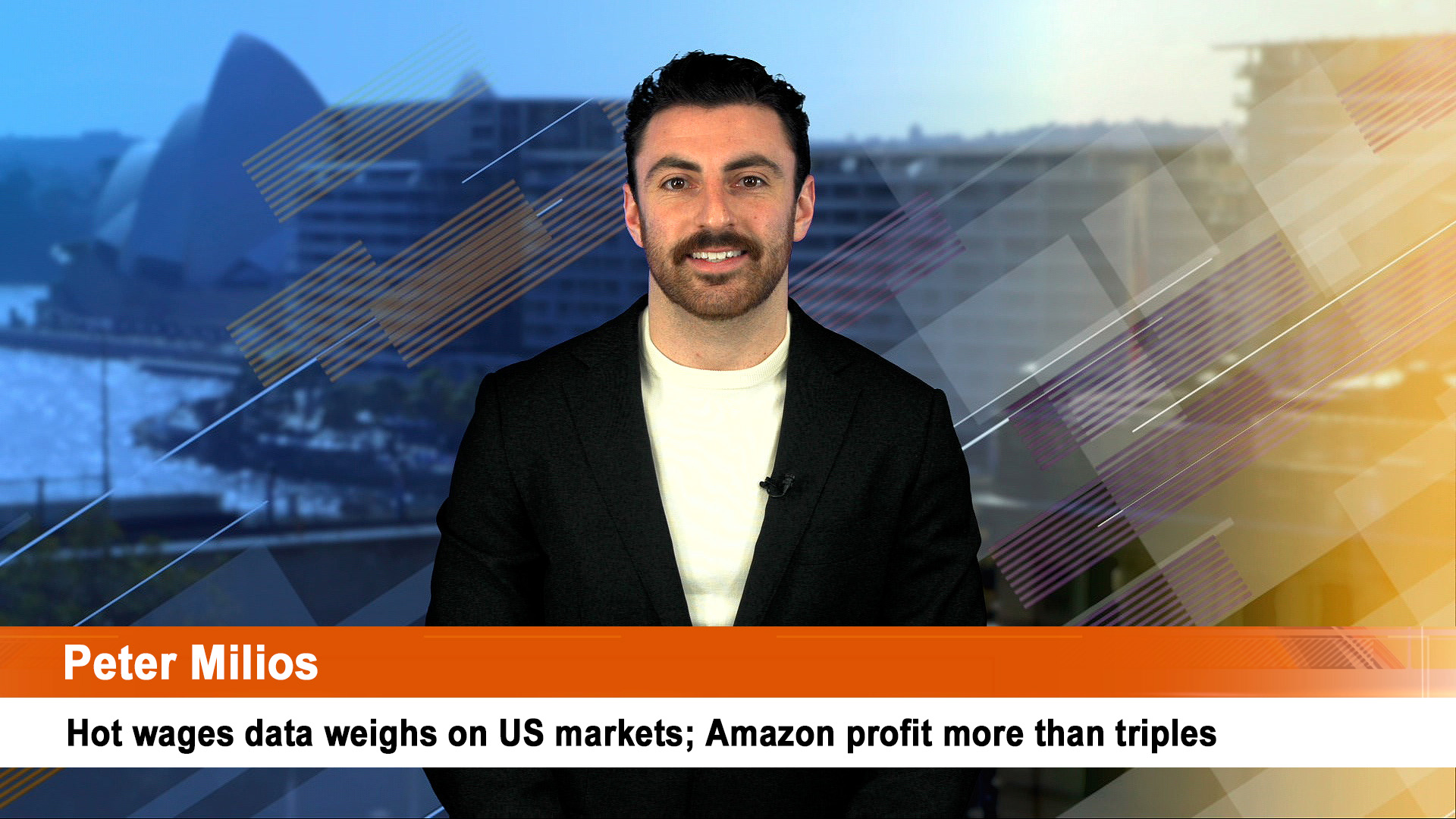Moody’s certainly likes BHP’s appetite for OZ Minerals and the benefits it sees the deal bringing to the world’s biggest (but slimming) resources company).
The ratings group believes all BHP has to do lift its $25 per share offer to win over OZ Minerals board.
In a short note this week, Moody’s makes a convincing case that the numbers behind BHP’s bid add to its satisfaction.
That said, given the strong rejection of the initial offer by the OZ board and CEO Andrew Cole, some analysts feel the deal might not happen.
“It is unclear if BHP will proceed with transaction and/or revise its proposal,” Moody’s said this week’s report.
Despite that caution, Moody’s is enthusiastic about the deal.
“… the acquisition of Oz Minerals would improve BHP’s business profile, adding operational diversity with producing copper assets in Australia and Brazil, providing potential growth options for nickel in proximity to BHP’s Nickel West operation and would likely create synergies for the Group’s copper and nickel operations in Australia.
“Given BHP’s large cash balance and our expectation for the Group to report very strong earnings and cash flow generation in fiscal 2022 (ended June 2022), we believe BHP would be able to fund a transaction of the initially proposed scale without materially weakening its financial metrics,” Moody’s said.
BHP has previously indicated that it would like to increase its exposure to future-facing commodities, which includes both copper and nickel.
The proposed transaction, combined with the recent attempt at acquiring Canadian nickel explorer Noront Resources, indicates the Group’s increasing willingness to look for inorganic growth options.
Earlier this year BHP revealed plans to invest $C100 million in Canadian junior Filo Mining, which is developing a copper-gold-silver project straddling the border between Argentina and Chile. That will give BHP around a 5% stake in the company which in turn is controlled by Lundin Mining Corp.
“We believe BHP will continue to attempt to grow certain commodity exposures via acquisition.
“The proposed acquisition follows several divestments over the last one to two years, including the sale of thermal coal assets in Columbia and metallurgical coal assets in Australia, and the merger of its petroleum division with Woodside Energy Group,” Moody’s pointed out.
OZ Minerals currently produces copper and gold through its Prominent Hill and Carrapateena mines in relatively close proximity to BHP’s Olympic Dam operation in South Australia and has copper production in Brazil.
In the second half of 2022, OZ Minerals also expects to make a final investment decision on its West Musgrave nickel project, which is near BHP’s Nickel West operation and was once owned by the Group.
OZ Minerals reported a near doubling of underlying EBITDA to around $A1.2 billion in 2021 and is guiding to around 120-135 thousand tonnes of copper production and 208-230 thousand ounces of gold production for 2022.
OZ Minerals’ copper C1 cash cost guidance of around $1.05-1.20 per pound for 2022 compares favourably to BHP’s largest copper producing operation, Escondida, where the Group is guiding to C1 copper cash costs of around $1.20-1.40/lb (at guided foreign exchange rates) for fiscal 2022.
“We believe that BHP could fund the transaction with limited weakening of its financial metrics given our expectation that the Group’s leverage, as measured by adjusted gross debt/EBITDA, will be around 0.5x for fiscal 2022, and – barring material incremental debt for acquisitions — will remain comfortably below 1.0x over the next 12-24 months. This compares to our guidance of 1.5x for the Group’s current ratings,” Moody’s analysts forecast.
“If BHP were to fully debt fund a transaction on the scale of the proposed acquisition, we estimate that this would increase leverage by around 0.2x based on our forecast EBITDA generation for the next 12-18 months,” Moody’s analysts wrote this week.
“We also expect BHP will generate material excess free cash flow after minimum dividend requirements in fiscal 2022, which combined with its large cash balance of around $12.4 billion as of 31 December 2022, would allow the company to internally fund an acquisition of the initially proposed scale.”
“We expect that, if successful, BHP will fund any revised proposals for OZ Minerals and/or any future potential acquisitions in line with its conservative capital allocation framework and its publicly guided targeted net debt levels,” Moody’s added.
One big point ignored by many in the markets is the proximity of OZ Minerals mines to the Woomera defence ground in South Australia which would see foreign buyers rejected.
But proximity in South Australia is another big plus – BHP has Olympic Dam and its mini version, the Oak Dam prospect. OZ Minerals has Prominent Hill and Carrapateena in South Australia, as well as a deal with Havilah Resources”. Kalkaroo open pit copper-gold deposits in the north-east of SA. OZ holds an option and could buy the deposit for $205 million.
OZ also has the emerging West Musgrave nickel project in the far east of Western Australia, near the South Australian border which could support an initial mine development worth around $1.1 billion, along with an emerging copper gold mine in Brazil.
After a weak year in 2021-22 BHP expects copper output at Olympic Dam to rise from 138,400 tonnes to a range of 195,000 to 215,000 tonnes.
OZ Minerals was forced to cut its guidance for the year lightly because of heavy rain, flooding and Covid in parts of South Australia earlier in the year. The company is aiming to produce 120,000 to 135,000 tonnes of copper in 2022.
That would see total production (if BHP buys OZ) rising to 315,000 to 350,000 tonnes a year, a substantial amount but only around 20% of bHP’s annual production now running at more than 1.5 million tonnes a year.
There are also the 208,000 to 230,000 ounces of gold OZ Minerals expects to produce this year, BHP already produces around 118,000 ounces a year from Olympic Dam.
Buying OZ Minerals would see BHP dominate the re-emerging South Australian mining industry.













